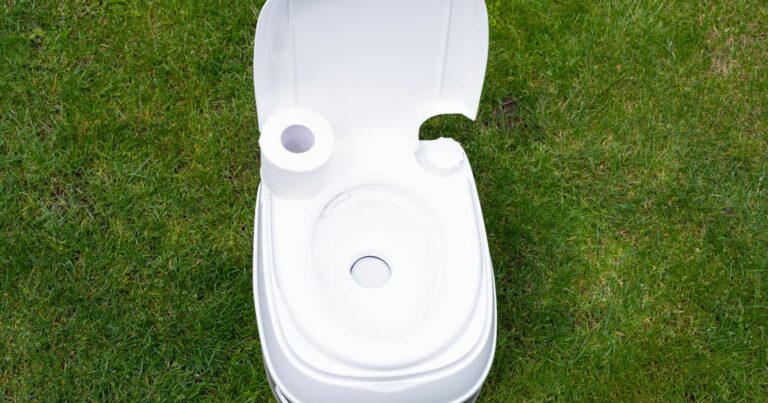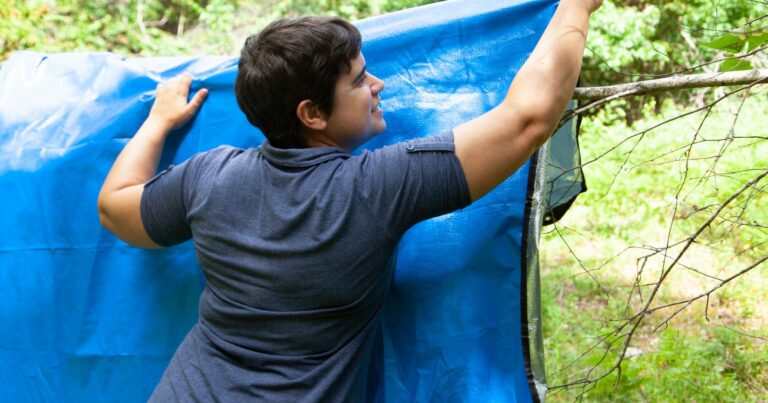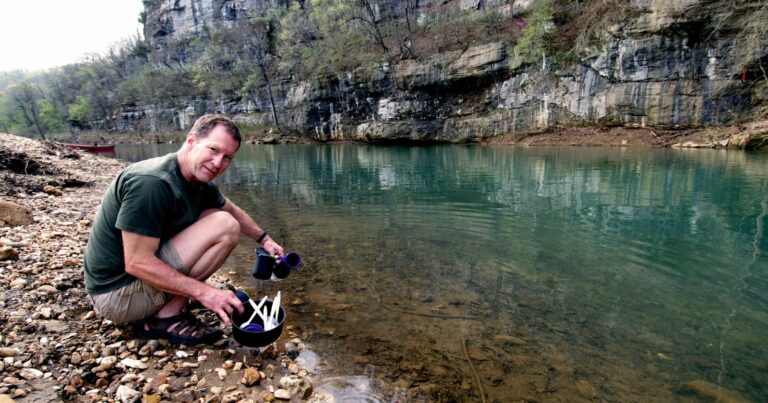How to Set Up for Camping with a Tent: The Complete Guide
Camping is a classic way to enjoy nature and have adventures outdoors. Waking up to pristine wilderness, birds chirping, and fresh air is good for the soul. But sleeping on the bare ground can make for long nights of tossing and turning. That’s where a sturdy tent comes in handy!
A quality tent provides shelter and privacy so you can comfortably rest under the stars. Set up properly, it will withstand the wind and any surprise showers that come your way too. With just a few poles, stakes, and basic steps anyone can pitch a tent in no time.
Picking a picturesque, level campsite and carefully securing and staking out your tent are key. Take time assembling the parts and getting the tension just right. Then you can relax in your home away from home, snug as a bug! Before you know it, you’ll be expertly setting up your tent and customized camp in perfect outdoor paradise. Time for an adventure!
Choose the Ideal Campsite Location
Choosing the right spot to pitch your tent is one of the most important aspects of camping prep. Keep these factors in mind when scoping out a campsite:
Find a Flat, Clear Area
Look for a flat space clear of rocks, roots, and bumps that could make sleeping uncomfortable. Avoid pitching your tent on a slope, which could lead to slipping and sliding during the night.
Consider Wind Direction
Check which direction the wind is blowing and set up your tent so the entrance does not face the wind. This prevents wind from blowing right into the tent all night long.
Look for Shade
In hot areas, shade is key for a cool, comfortable camping trip. Pitch your tent under trees or a canopy to stay out of the harsh sun. However, make sure there are no overhanging branches or widowmakers that could fall.
Stay Away From Natural Funnels
Avoid setting up your tent at the bottom of hills or in spaces between boulders. These natural funnels can gather rain runoff and flash flood waters.
Check Campground Regulations
Many campsites have rules about where tents can be set up. Check with the park ranger or camp host for designated tent sites and regulations.
Following these guidelines will lead you to the optimal spot to pitch your tent for a peaceful night of camping.
Lay Down a Footprint or Tarp
Before setting up the tent, lay down a tarp or tent footprint to protect the tent floor. This prevents ground moisture from seeping in and saves your tent from abrasions, holes, and damage.
Purchase a footprint specifically sized to your tent model or simply use a plastic tarp from a hardware store. Make sure the footprint or tarp extends several inches beyond the edges of the tent.
Securing the footprint with weighted bags or rocks around the edges will keep it taut and prevent it from sliding around.
Unpack the Tent and Lay It Out
Once you’ve selected the perfect site and laid down a footprint, it’s time to unpack the tent. Follow these tips for proper unpacking and layout:
- Open the tent carry bag and remove the tent body, poles, stakes, and extra accessories. Make sure you have all the required components.
- Unfold the tent and lay it flat on top of the tarp, with the floor facing down.
- Spread the tent out fully and make sure the floor is free of any sharp objects.
- Orient the tent so the door will face away from the wind direction.
- If the rainfly is removeable, take it off and set it aside for now to allow for easier tent setup.
- Flex the poles to loosen and straighten them in preparation for assembly.
Connect the Tent Poles
Tent poles give the structure its shape and allow you to pitch it. Follow the specific setup instructions that come with your particular tent model when assembling the poles, as methods can vary. Here are some general tips:
- Pole sections usually snap together or insert into each other. Make sure all connections are securely in place.
- For dome-style tents, assemble the arch-shaped poles first. These crossover poles give the tent its basic dome structure.
- Feed each pole through the corresponding sleeves or clips on the tent body, aligning the ends with the grommets.
- At each corner grommet, insert the pole ends through the ring and secure in place with a pin.
- For tents with a roof cross-pole, connect it perpendicular to the dome poles to give internal headroom and structure. Feed through sleeves or clips and secure the ends.
Secure the Tent
After staking up the corners and vestibule of your tent, use guy lines and stakes to add support and keep the tent anchored in windy weather.
Use All Guy Lines
Most tents come with guy lines at key points around the tent. Attach each one to a stable stake a few feet away.
Stake Down Vestibules
Roll out each side vestibule and stake to the ground. This prevents rain running off the tent from flowing under the vestibule.
Add Extra Anchors if Needed
For extremely windy conditions, use extra guy lines and stakes to further reinforce guy points or add intermediate anchor points.
Use Natural Anchors Too
In rocky areas with difficult staking, tie guy lines to sturdy roots or buried logs to securely anchor the tent.
Adjust the Tent Tension
Getting proper tension on your tent is crucial for stability. Follow these tips:
- Tighten the corner guy lines until the tent has a taut pitch, with smooth sides.
- Check that pole intersections are fully seated and poles are vertical.
- Tighten or loosen all guy lines and re-drive any stakes that are loose.
- Walk around the tent and shake it to check for sagging areas. Tighten accordingly.
Adjusting tension ensures wind, rain, and weather don’t compromise the integrity of your tent. A taut pitch also maximizes interior livable space.
Add Convenient Camping Accessories
Accessories help make camping more comfortable and customized to your needs. Here are some useful add-ons for your tent:
Rainfly
This protective outer layer shields the tent from rain, dew, and splashback. Clip it on once the tent is pitched.
Gear Loft
Adds overhead storage for small items like flashlights, watches, or glasses. Attaches via loops, toggles, or clips.
Gear Garage
A side attachment that creates a spot to stash muddy boots, packs, or wet gear so it stays outside the tent.
Footprint
As discussed above, this ground tarp protects the floor from damage and moisture.
Tent Light String
Illuminate the interior with battery-powered LED strings that clip inside.
There are many more tent accessories available to upgrade comfort, convenience, and functionality. Add the features that will enhance your individual camping needs.
FAQs
What type of tent is easiest to set up?
Dome-style tents are usually the easiest to set up. They have two or three arching poles that crisscross over each other to create the dome shape. These snap together quickly and do not require complicated threading through sleeves.
How do I find flat ground for my tent?
Scan the area and look for a patch of ground that is relatively smooth and flat. Feel the ground with your hands to check for large bumps, divots, rocks or sticks. Also, try to find an area that is on slightly higher ground to allow rain runoff.
What if the ground is too hard to get tent stakes in?
On very dense or rocky ground, stakes can be impossible to drive in. You can use heavy objects like rocks or logs to anchor the guy lines instead. Also, look for softer ground under grassy patches or dig small holes first to loosen the soil before inserting stakes.
What direction should I set up my tent?
Generally, set up your tent with the doorway/opening facing away from the wind direction. Also avoid setting up under dead trees or branches that could fall in windstorms.
How do I know if my tent has the right amount of tension?
When set up properly, a tent should be taut. Do a visual check that all sides are tight, vertical and wrinkle-free and shake the tent to check for loose areas. Tighten any sagging spots by adjusting the corner guy lines or pole intersections until the tent looks evenly pitched.
Master Proper Tent Setup
With this comprehensive tent setup guide, you can confidently choose the optimal tent site, assemble your tent properly, securely anchor it to the ground, get the right tension, and add useful accessories to make camping a breeze.
Careful pitching provides a sturdy base for a great outdoor adventure. Follow these tips each time you set up your tent, and you’ll be camping in comfort and safety. The more you practice, the faster tent setup will go.
So get excited to hit the camping trail! Just don’t forget to thoroughly read the instructions for your particular tent model first. Then refer back to this guide for helpful reminders on seamlessly executing each step in the process. Setting up a secure, durable tent is a crucial camping skill. With preparation and patience, you’ll get the hang of easy tent pitching every time.
The outdoors awaits – it’s time to master tent setup and start having fun camping adventures!







